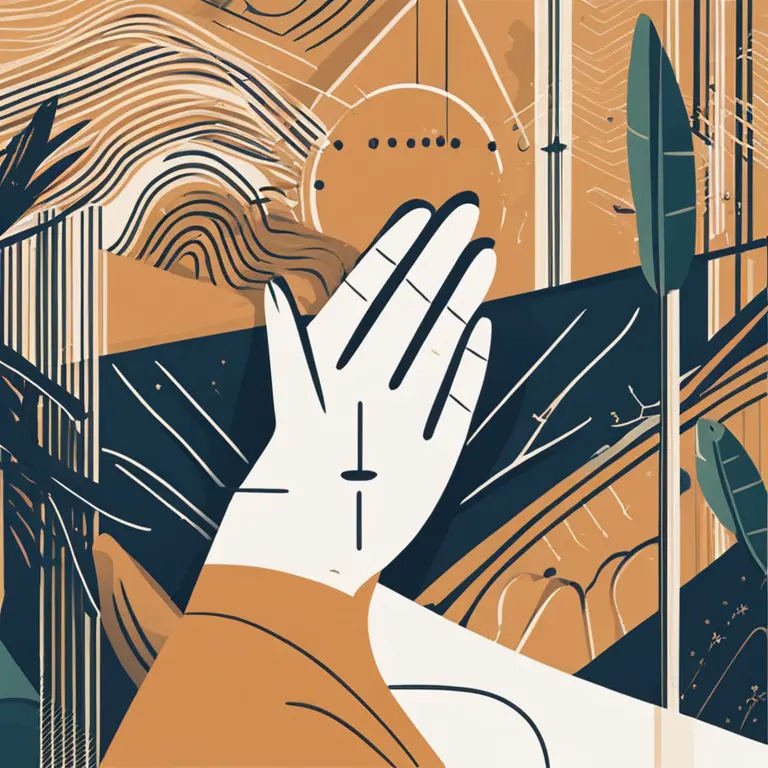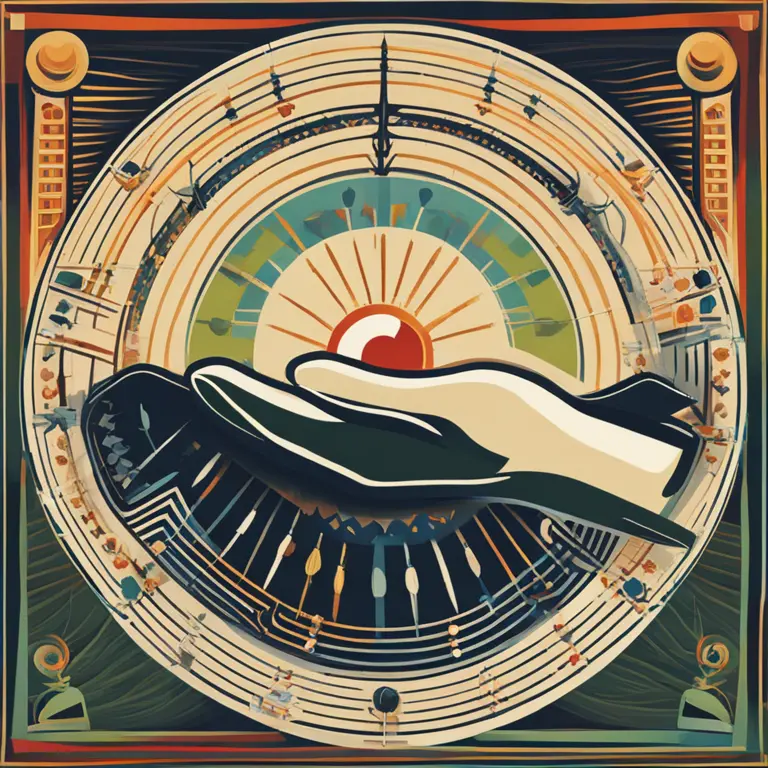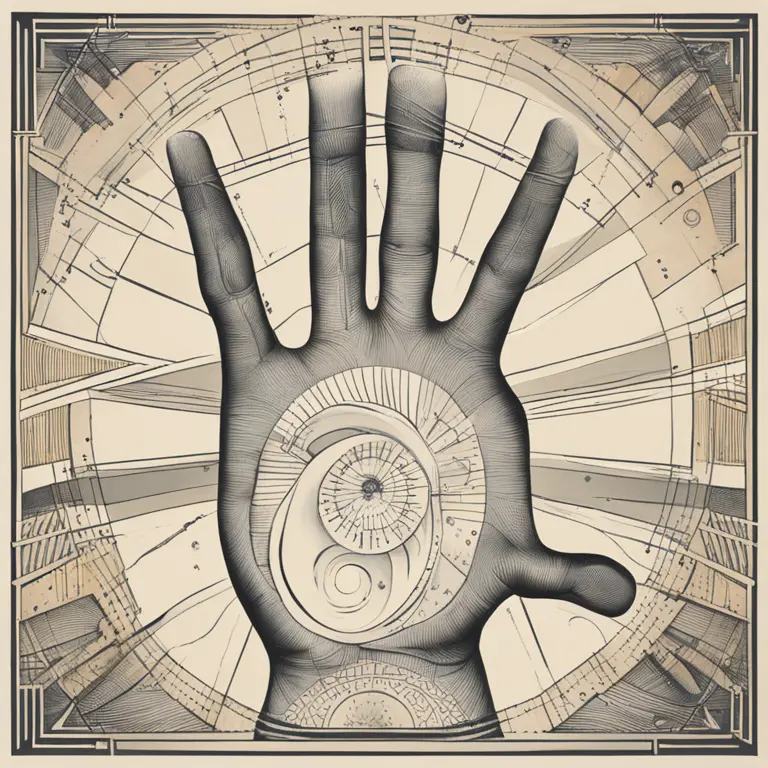
The Essentials of Palmistry: A Guided Journey
Delve into the fundamentals of palmistry, and discover how the lines and shapes in your hands can shed light on your personality and fate.
article by Nora Pennington
Introduction to Palmistry
Palmistry, also known as chiromancy, is an ancient practice that interprets the lines and features of the hand. For centuries, various cultures have believed that one's palms hold the blueprint to their life's story and personality traits. This form of divination is predicated on the idea that the hands are the roadmap to one's experiences, both past and future. In this guide, we will tour through the foundational concepts of palmistry, examining its relevance and application in the modern world.

Palmistry's Historical Roots
The roots of palmistry stretch back to ancient civilizations, with evidence found in India, China, and Greece. Throughout history, it has intermingled with astrology and has been practiced by influential figures, including Aristotle. In the 21st century, despite a surge of skepticism, palmistry has adapted, intertwining with psychological insights and personality analysis. Recognition of palmistry's historical significance deepens one's appreciation for this enigmatic art.

Analyzing the Hand
In palmistry, both the right and left hands are significant. Traditions vary, but common consensus suggests that the left hand represents potential and what could be, while the right hand shows what has been accomplished with that potential. The shape of the hands and fingers, the texture of the skin, and the flexibility of the joints all contribute to the palmist's interpretations, providing a nuanced portrait of the individual's predispositions and character.

Reading the Lines
The lines on the palm are the palmist's primary focus. The three major lines analyzed are the Life Line, which may indicate vitality and life changes; the Head Line, associated with intellect and reasoning; and the Heart Line, which reflects emotional and romantic perspectives. Contrary to pervasive myths, the length and clarity of these lines do not simply predict longevity but rather narrate the complexity of one's journey.

Significance of Mounts and Whorls
The fleshy sections of the palm, known as mounts, reside under each finger and are named after celestial bodies, which link them to different aspects of personality in a tradition akin to astrology. For instance, the Mount of Venus under the thumb relates to love and passion. Furthermore, fingerprints and the unique patterns they form, such as whorls and loops, can also carry significance, adding to the depth of a palm reading.
The Modern Practice of Palmistry
Today's palmists often combine traditional techniques with psychological methods. This blend respects palmistry's roots while enhancing its utility and relatability in contemporary life. Palm readers may be found at festivals and holistic fairs, and virtual palmistry readings have become increasingly available. This accessibility broadens its appeal and allows individuals to engage with palmistry in various ways.
The Skeptic's Viewpoint
Palmistry, like any subjective field, has its skeptics. It's important to approach palm reading with an open mind while understanding that one's destiny is not fixed. Most modern palmists suggest that the lines of the hand are like a mirror to the self rather than an unchangeable fate. This perspective invites introspection and personal growth, positioning palmistry as a tool for self-discovery.
Published: 1/29/2024
Modified: 1/29/2024
More predictions
Come back here soon to learn more about yourself and your future


The Significance of Vertical Lines in Palmistry
Discover how vertical lines on the fingers relate to personal qualities and potential life paths in the practice of palmistry.


The Basics of Palmistry Explored
Delve into the basics of palmistry and its technique for reading the lines and shapes in your hands to gain insights into your personality and future.


The Realm of Palmistry Healer Lines
Delve into the enigmatic realm of palm reading with this insightful look into the significance of healer lines in palmistry.